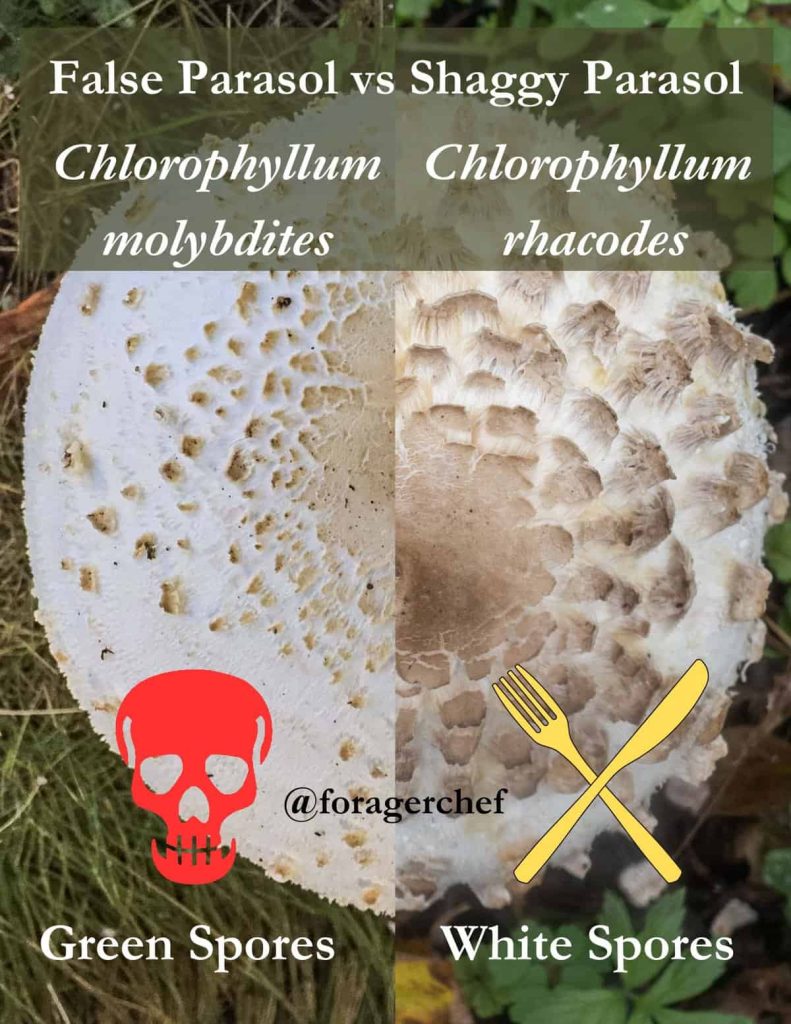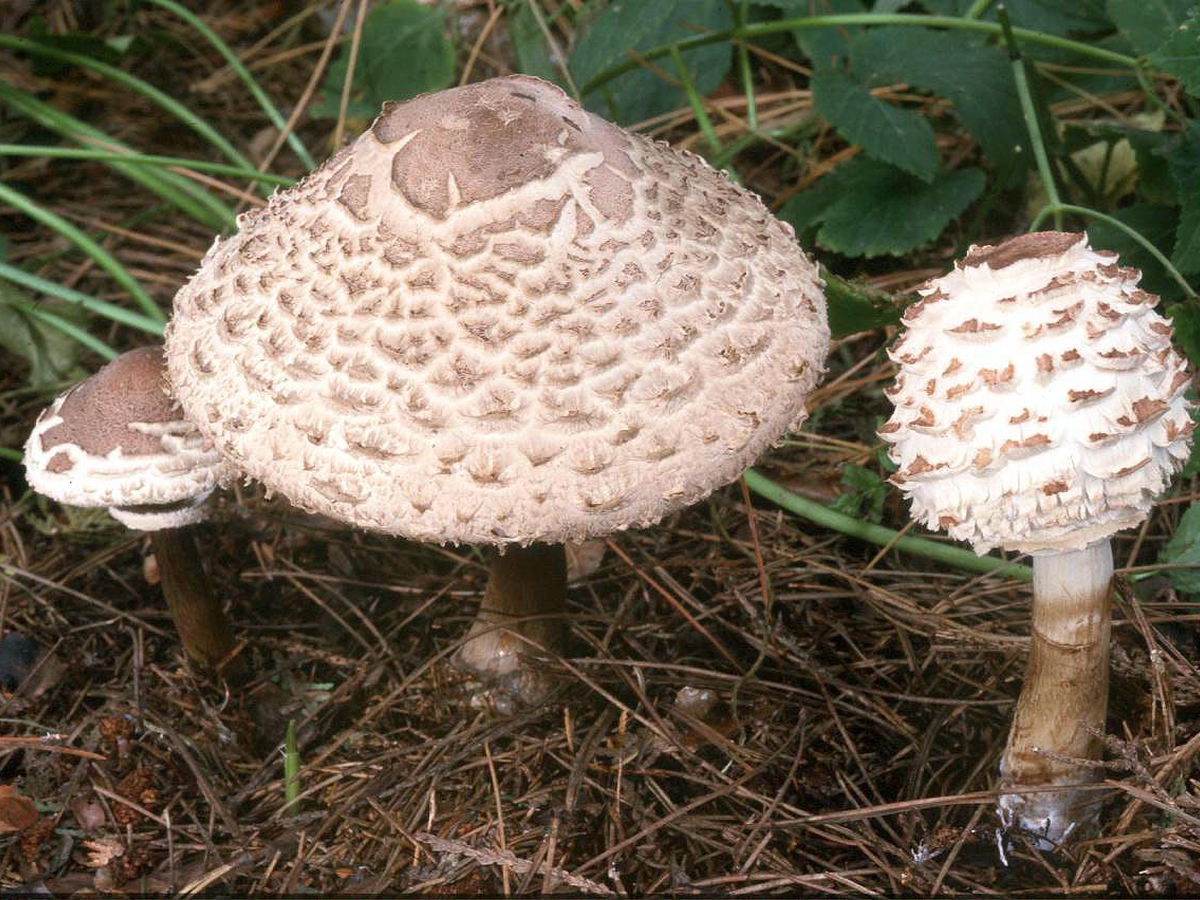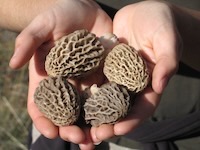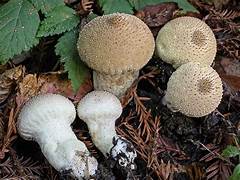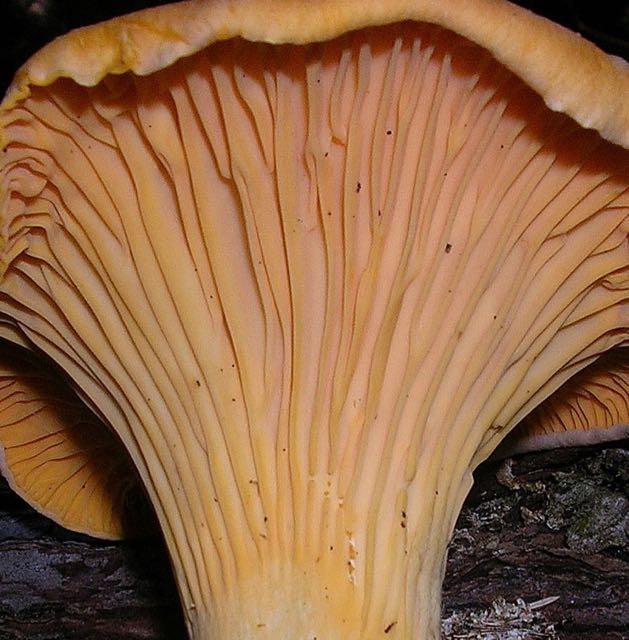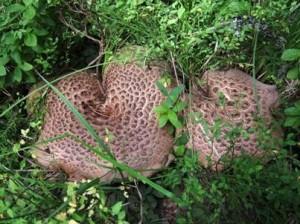Shaggy Parasol – Chlorophyllum rachodes
The Latin name for this mushroom has changed several times due to DNA discoveries and we hope they have settled on Chlorophyllum rachodes, once known as Lepiota rachodes and Macrolepiota rachodes. We just call them Shaggy Parasols. It is a popular edible mushroom and often fruits in quantity in gardens and pastures. In the spring, check your garden, especially near compost and grass clippings to see if you have these lovelies,
This beautiful parasol-shaped mushroom with free gills has white spores and a stem that bruises brown when handled and stains instantly orangy-red when cut. Because of its bulbous base, you may think it is an Amanita, but not so. The shaggy parts are not separate from the cap tissue as in Amanita and the bulb is clear of volva remnants, too. Look carefully when digging it up. The stem of the Shaggy Parasol is very stiff and hollow in the middle. When thoroughly cooked, it is very tasty and worth learning but some folks have allergies to it so only eat a little at first.
One look-alike called Chlorophyllum molibdites grows in warmer climates, especially in California though there are now many reports of it fruiting in Oregon and Washington as seasons become warmer.. It has GREEN spores and will make you very sick. Although it is unlikely that you have the green spored parasol in Central Oregon, carefully check out the spore color by doing a spore print to be totally safe.

